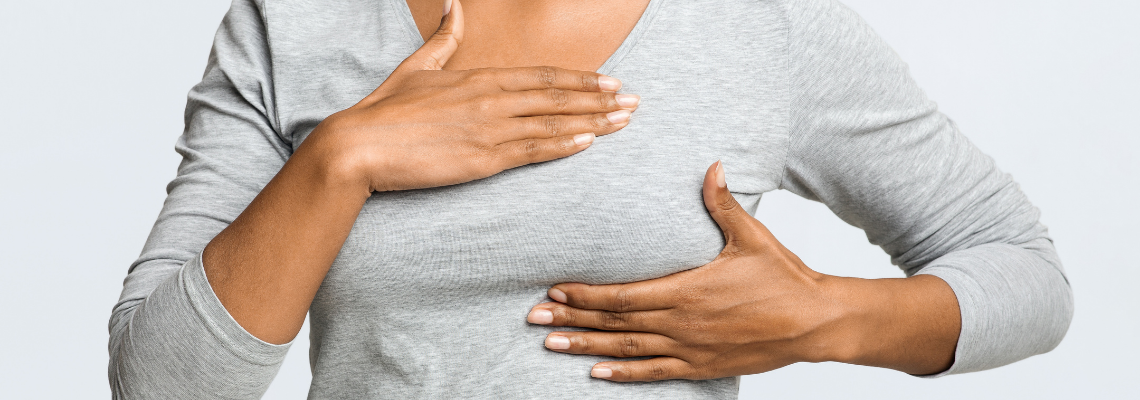
A nipple fissure, also known as a breast fissure, is a lesion on the skin of the nipple and areola. The fissure occurs in the form of a blister, cleft, edema, erythema or wound.
Breast fissures affect between 80% and 90% of breastfeeding women globally and are the leading cause of low breastfeeding rates. The main causes of nipple fissures are inappropriate breastfeeding and wrong nipple sucking. If left untreated, nipple fissures can result in nipple pain, bleeding, breast abscess and low milk secretion. The good news is that nipple fissures can be treated. The following are seven natural tips for treating nipple fissures.
1. Apply Breast Milk
Applying breast milk is the most accessible natural remedy for nipple fissures. Apply a few drops of breast milk on the affected areas and let them dry off.
Breast milk is antibacterial and contains a lot of antibodies that can treat cracks and wounds on your nipples. Applying breast milk on your areola and nipples between breastfeeds is recommended to give your breasts adequate time to heal.
2. Rinse with Saltwater
Using saltwater to rinse your nipples is another incredible way to treat nipple fissures naturally. Saltwater works by hydrating your nipple skin to promote healing.
Add and stir ½ teaspoon of salt in 8 ounces of warm water to create saltwater. Apply the homemade saline water on your nipples using a spray bottle or soft cloth after breastfeeding.
Apply fresh saline water every day until the wounds heal. Be sure to rinse your nipples before feeding your baby if they don’t like the salty taste.
 3. Change Breast Pads
3. Change Breast Pads
Breast pads are significant in absorbing breast milk to prevent it from soaking or staining clothes. The pads should be changed as soon as they get wet to promote fast healing. Leaving damp breast pads on your nipples can delay healing and increase the chances of infection on your nipple fissure.
4. Apply Ice Before Breastfeeding
Applying ice on your nipples before breastfeeding reduces the discomfort of latching and promotes fast nipple fissure healing.
To ice your nipples, wrap a few ice cubes in a cloth and massage the affected areas. The cold sensation works by numbing the nipples and areola, preventing you from feeling any pain when your baby latches on your breast. The feeling also soothes your nipples, allowing them to heal faster.
5. Apply a Warm Compress After Breastfeeding
Besides applying ice before breastfeeding, another incredible way to treat a nipple fissure is to use a warm compress after breastfeeding. The process is straightforward. Soak a clean piece of soft cloth in warm water, then wring it to remove excess water. Gently press the cloth over the affected areas for a few minutes. Use your clean hands to pat your breasts dry.
6. Use Natural Cream or Oil
Rubbing a few drops of natural cream or oil on the affected areas can help treat your nipple fissure. Natural cream and oil promote healing by moisturizing your nipples and healing the dried and cracked spots. Apply any of these products after each pumping or nursing session.
7. Breastfeed at the Right Latch and Position
Poor latching and positioning will prevent your nipple fissures from healing. When breastfeeding your baby, you should find the right latch and position to prevent further injuries and enhance fast healing. Consult a lactation consultant to learn how to latch and position your child during breastfeeding.
Bottom Line
Nipple fissures affect many breastfeeding women and prevent them from nursing their babies. Applying breast milk on the affected areas, saltwater rinsing, icing and warm compressing are natural remedies you can use to treat nipple fissures. Consult a medical practitioner if you need help or have any questions.


